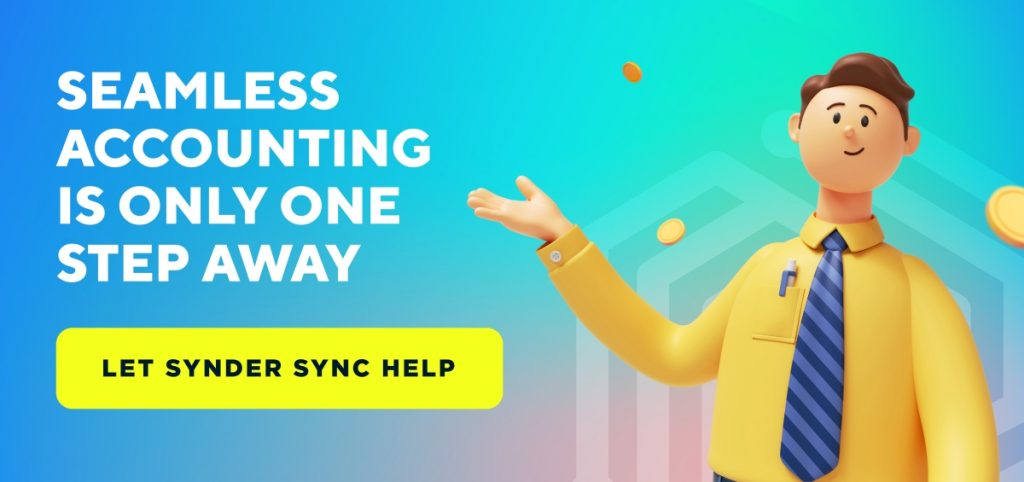Public accounting firms help their clients with various services and processes, including auditing, management advisory, tax prep, and financial reporting. These services might require using codes and APIs to communicate quickly and efficiently between different programs and databases. The importance of APIs (application programming interfaces) in accounting software has increased as accounting professionals move toward digital solutions for their clients.
This article will explain what an API is, why APIs are important in accounting software, and examples of APIs in accounting software.
What Is an API?
An application programming interface (API) is a set of programming instructions and tools for creating software applications. In practical terms, this means that one program can easily share data and instructions with another program. It can make integrated software solutions much easier to create and manage.
APIs act like an online middleman between different programs and services. When you use an API, you’re using software code built into one service to send commands to another. You can use APIs to make information flow freely between different software tools and systems, so you don’t have to manually enter data or do one-off transfers from one program to another.
The API has become increasingly important in business software, especially as businesses move toward more digital solutions. An API can connect computer software systems and services provided by different vendors and let them interact seamlessly. Traditionally, these products are not designed to work together, but an API can act as a translator and make it happen.
Why Are APIs Important in Accounting Software?
An API makes it easy to move data and instructions between programs. Since many accounting firms use more than one program to manage client information, they need instructions and codes to move information back and forth quickly and easily.
An API can help the user in two ways. It can allow you to send data and instructions to another program or another program to send data and instructions to yours. A common way to use an API is to send an email through your accounting software. All you have to do is set up an API to send emails.
Examples of APIs in Accounting Software
The most common way to use an API is to pass the data from one program to another. An example would be a user sending data from QuickBooks to Xero.
- Data from one program to another:
You can send data from QuickBooks to Xero by setting up an API. You can do this by creating a function in QuickBooks that sends data to Xero at a certain time each day. This process is often referred to as “cron jobs.” You can do the same thing for sending data from QuickBooks to Sage by using a Sage API.
- Data from one program to your program:
You can receive data from another program by setting up a webhook in your accounting software. A webhook is a URL another program will send information to when a certain event takes place.
Limiting Factors of APIs in Accounting Software
Two basic factors limit the use of APIs in accounting software.
First, each vendor has its API. Therefore, when a client uses solutions from multiple vendors, the accounting firm must know each API.
The second limitation is that APIs are not always intuitive. It is unlikely that you will find APIs for the most popular accounting software products. You will find vendors that provide APIs for QuickBooks and Xero, but the selection is limited. There are also some vendor-neutral APIs, such as Twilio, that are available to accounting firms.
Key Takeaway
The accounting industry has seen the rise of APIs in the accounting software as accounting firms move toward more digital solutions for their clients. This has led to more programming in accounting software, and an API is a tool that makes this possible. As API usage increases, accounting professionals should ensure that they understand each API and how to use it. This will allow them to more quickly and efficiently move data and instructions between programs and make the best use of integrated software solutions.

.png)





